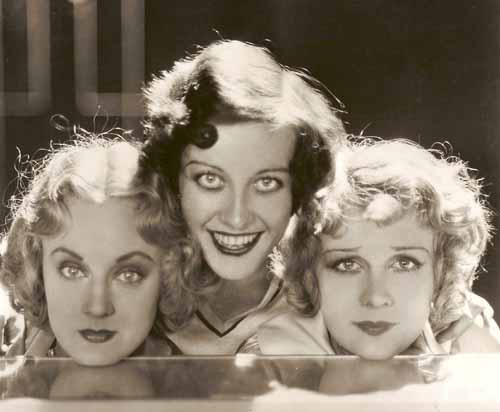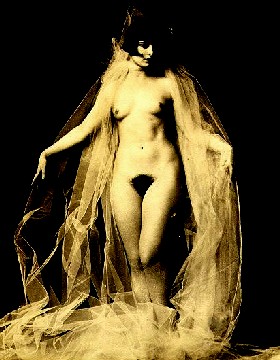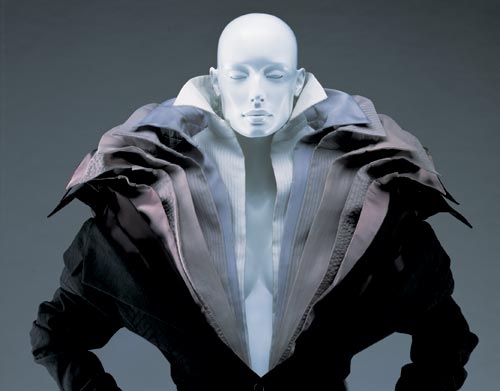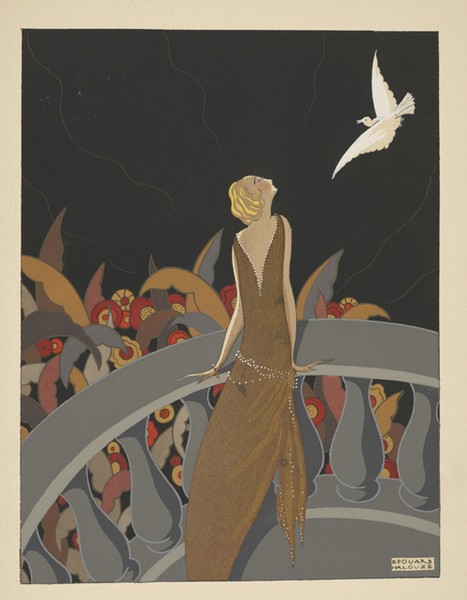I’ve probably watched more silent movies than many of my peers (and possibly my peers’ parents, for that matter), and though I very much enjoyed the concept and spirit of Lagerfeld’s homage to Chanel, something was off. There was the flickering “film,” the hazy Holga-esqe framing, the deliberately choppy frames, ruby-lipped (and sometimes mustachioed) men with wildly rolling eyes… but something was off, and it wasn’t just the too-long hair.
I realized that it was the women themselves that gave it away as a (mini) period piece and not authentic. They are all just so pointy. The standard of beauty for women of the 20s was thin (for the first time since the end of the 18th century), it’s true. But they were athletic, not emaciated. They had small breasts and hips, but their thighs touched, and more readily visible were their rounded faces and sloping jawlines.

Dorothy Sebastian, Joan Crawford and Anita Page in “Our Dancing Daughters” (1928). Note the rounded faces.
Today’s models, as exemplified by Lagerfeld’s mini movie, are angular, gaunt, severe beauties of a different time. I’m not saying everything else about the short was historically accurate by any means, but I thought it interesting that the very people (specifically women) used to portray a bygone era actually give it away, even ignoring the more technical inaccuracies.




























